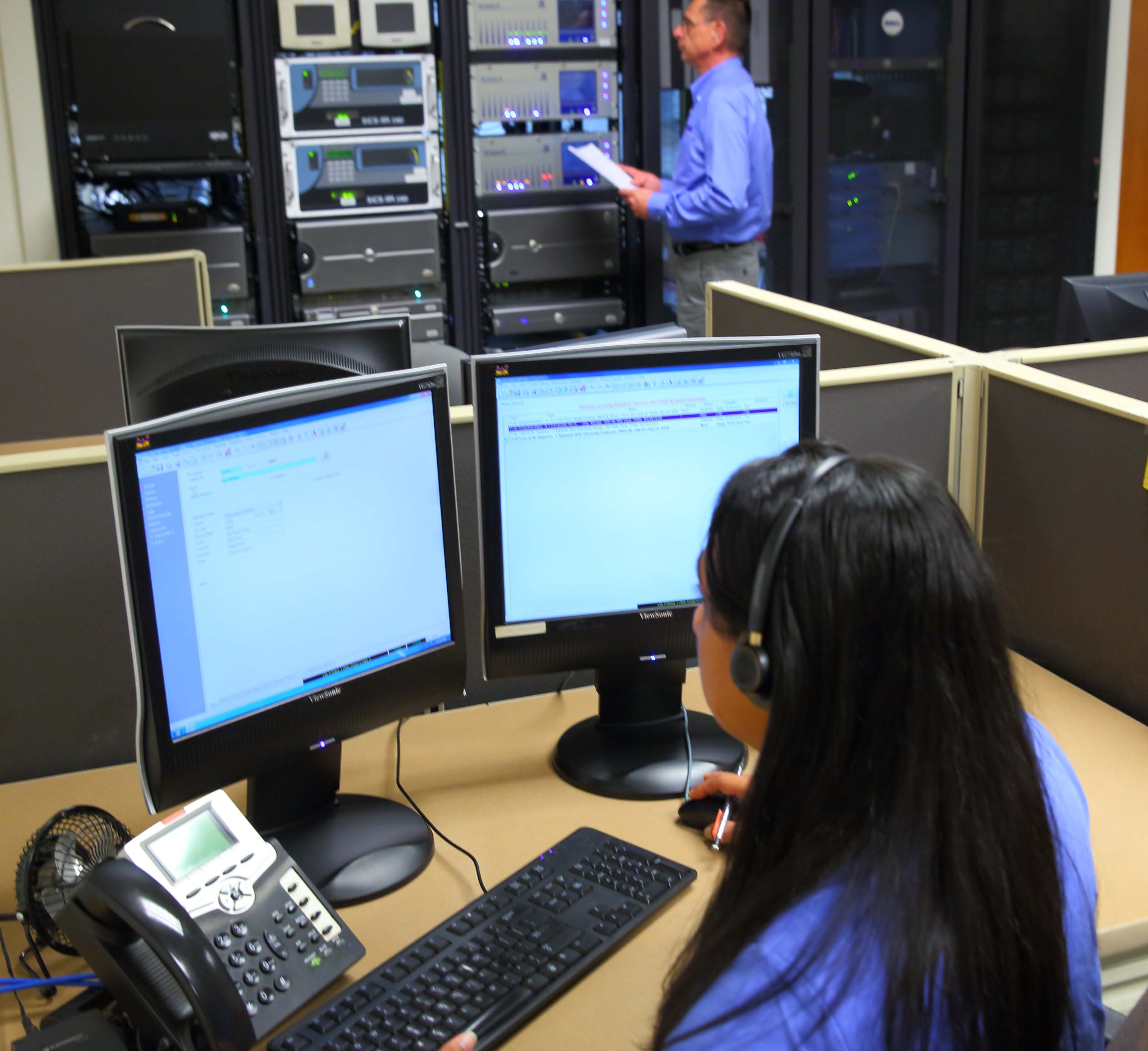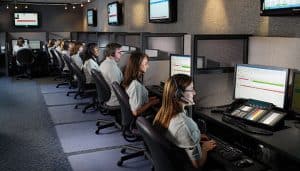

The code for this location would be 345. A person at the receiving location would hear the register begin to tap out 3-4-5 on a paper tape. These transmitters were provided with a code wheel which, when an alarm signal activated, transmitted “rounds” to a ticker-tape type receiver located at a location designated to receive these signals. To identify the location of the alarm signal, the rounds tapped out a code that was cut into a code wheel. For example, a wheel may have three slots and a smooth space, then four slots and a smooth space, and finally five slots. In other cases, there were no method to transmit a signal from a property to a central location.Įarly forms of communications methods included McCollough transmitters and registers. Fire alarm monitoring: a brief historyīefore the 1960s, it was common for a local fire department – or sometimes police department – to receive notification signals directly from building fire alarms without an intermediately answering station or call center. To answer these questions, we must review the origins of fire alarm monitoring. When central station service is required, it must be provided by a listed central station service provider with all of the capabilities needed to provide true central station service. How does a code authority reviewing a plan or inspecting a building site know that a property is provided with compliant central station service – including runner service – as required by NFPA 72, National Fire Alarm and Signaling Code.

Then determine which type of supervising station service is applicable. The phrase “central station” is often used incorrectly when describing monitored fire alarm systems. When reviewing building plans for required fire alarm systems, consideration must be given the specific systems that are required to be monitored. Materials Data Collection and Management.Renewables Assets & Operations Analytics.Microgrids, Distributed Energy Resources & Hybrid Projects.

Wire and Cable Design and Manufacturing Software.Security and Compliance for Connected Devices.Regulatory Compliance Software for Life Sciences.Material Sourcing and Technical Insights.Product Design, Compliance and Regulatory Insights.Occupational Health for Clinics and Hospitals.GxP Training and Qualification for Life Sciences.ESG and Sustainability Reporting Software.Benchmark Automation Platform for Enterprises.Computer and Hardware Performance Benchmarking.Enhance sustainability throughout properties.Realize the benefits of smart buildings.Lighting Safety Testing and Certification.Residential and Commercial Air Conditioning.Information and Communications Technology.Architecture, Engineering and Construction.


 0 kommentar(er)
0 kommentar(er)
